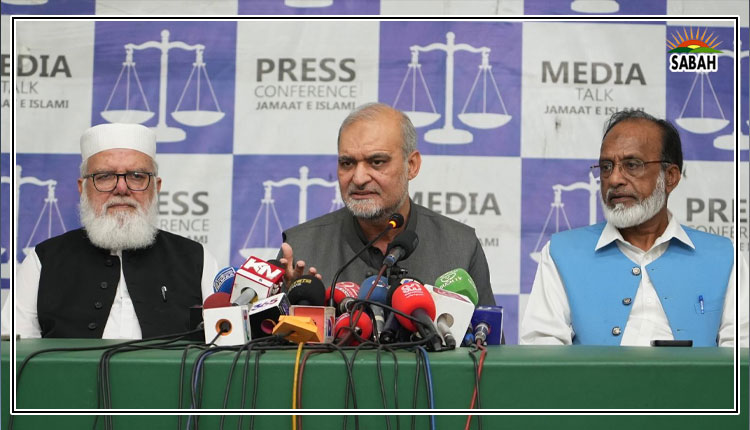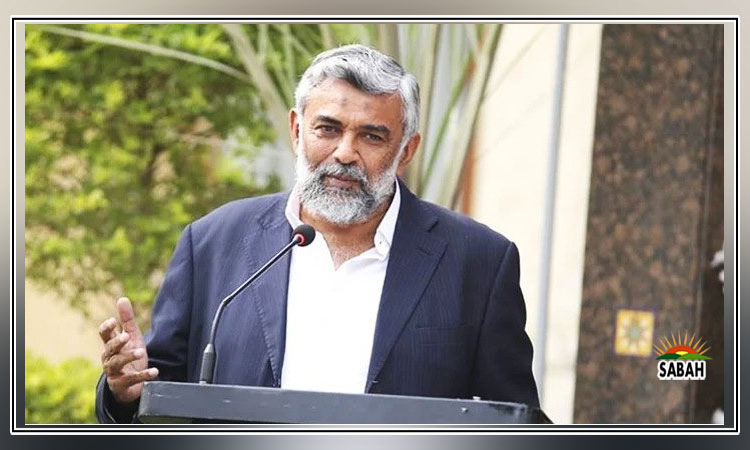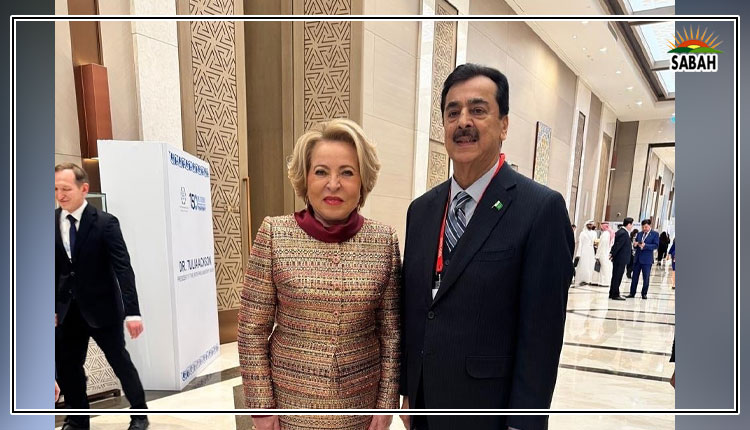Restructuring debt…Shahid Kardar
THE future servicing of external and domestic debts has become a huge undertaking, having crimped our ability to even fund operational expenditures.
The reason for this concern is not just because of the enormity of the task, as shown below, but also because the IMF, which continues to consider our debt sustainable, says in its report on the first review that The overall risk of sovereign stress is high, reflecting a high level of vulnerability from elevated debt and gross financing needs and low reserve buffers.
There is nothing wrong with borrowing. It creates opportunities for a more productive economy. The issue in our case has been the funding of wasteful expenditures and low priority, poorly designed projects. The result is that gross public debt today at 82 per cent of GDP is 667pc of revenues against an average of 214pc for more than a dozen comparators, while the external debt is 328pc of exports of goods and services as against the average of 64pc for these comparators.
The external debt, contracted in the first 67 years since independence, has exploded, doubling in the last seven-odd years to reach $102 billion (35pc of GDP). Around 22pc has a maturity of less than one year, 32pc between two to five years and 22pc greater than 10 years. In 2022-23, its servicing requirement was $20.8bn, 8.6pc of exports of goods and services of which the share of government plus government-guaranteed debt was $18.7bn. In 2023-24, we need to repay $20.3bn.
The prospects of the economy generating the resources to discharge the obligations that have to be defrayed in the near future do not look auspicious, which could transmute into an actual declaration of default. And any prospects for recovery depend on the progress of the restoration of debts to manageable levels.
So, what are the possible options available for the restructuring of this external debt?
What are the options available for restructuring our external and domestic debts?
To begin with, there is a need to recognise that debt-restructuring is complex. There are no quick emergency fixes or shortcut solutions. And seeking debt relief is a chastening experience with the policy action requirements painful, especially for low-income households.
Whereas roughly 30 low-income countries are facing a heightened risk of over-indebtedness, only four to five have, to date, sought restructuring, with negotiations lasting more than a year. The case of Zambia is instructive. After two years, a deal has been struck for only 34pc of the debt, but can only go into effect if private lenders agree to take a similar hit. This has been blocked by Blackrock, that charged risk premium interest rates but still insist on being paid in full and are legally covered by New York state laws.
Much of our debt (44pc) is owed to multilaterals (IMF, the World Bank, Asian Development Bank). A significant proportion of this debt is at highly concessional rates, which makes these institutions preferred creditors whose lending cannot be restructured or rescheduled under the present scheme of things.
The share of bilateral debt is 41pc. Out of this stock of debt, that of the Paris Club members (OECD-plus Japan), which was eligible for rescheduling in 2001-02, is repayable in the latter half of the 2030s. This leaves us with the Chinese, Saudis and the UAE (who are not members of the Paris Club) and commercial debts (12pc of debt of which the share of bonds is 66pc) to deal with.
The terms and conditions of Chinese lending are not fully transparent. So far, the Chinese have been rolling over repayments when they become due (around $8bn), but are reluctant to accept losses on their lending portfolio. Another complication is how to categorise a Chinese lending institution bilateral or commercial?
There is also the complication of the seniority principle, likely to be invoked in the case of foreign currency swaps (including the Chinese version), and Chinese, Saudi and UAE deposits with the State Bank.
The recent experience of the Sri Lankan debt restructuring indicates that the principle of parity/ equal treatment of major creditors has to be followed (all have to participate to take a haircut), consistent with IMFs debt sustainability analysis, ie, the country has to be in a Fund programme.
However, even to be able to seek some write-down of the external debt or its reprofiling will, to enable the building of a case with the creditors, require a) us to present our plan of long-overdue fundamental reforms (as a precondition) that we will embark upon to demonstrate to the lenders our commitment to prevent the return of conditions requiring debt relief; and b) similar adjustments that will have to be made in domestic debt.
The case of domestic debt is equally stark. The servicing of the interest on this debt consumes 90pc of the annual budgetary allocations for interest payments, requiring mobilisation of a primary surplus of more than 7pc of GDP!
Banks being the largest lenders to a bankrupt borrower will also have to bear the burden of this pain. The reduction of this debt will require a gradual approach, involving a combination of negative real interest rates, a moratorium/ suspension of interest payments for, say, two years, extension of the maturity period and even some write-down of its face value.
A substantial reduction in face value will erode the capital base of banks, whose restoration will likely require loans to them at concessional rates and/ or a short-term relaxation of the State Banks prudential regulations on capital adequacy.
The last option, although not ideal, could be a higher tax rate on bank incomes.
To conclude, those vying for power will soon discover that the dire challenges lying ahead will give little, if any, room for manoeuvrability.
Courtesy Dawn












